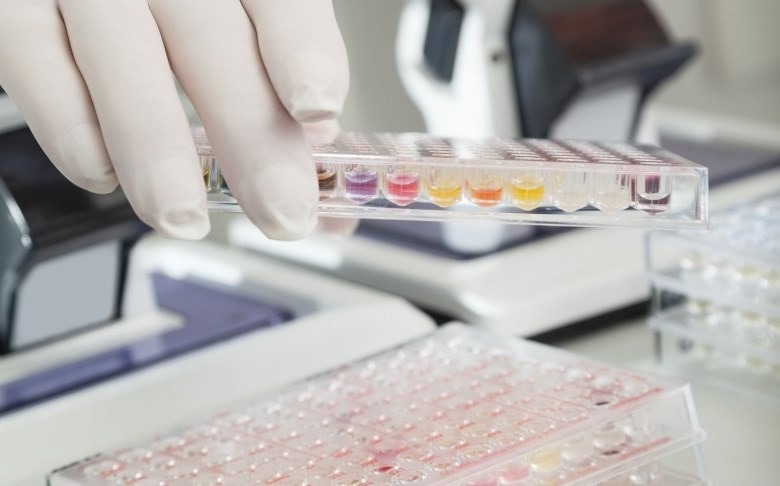Reviewed by Danielle Ellis, B.Sc.Nov 28 2023
Scientists at the Folkhälsan Research Center have devised a novel technique enabling the straightforward quantification of ribonucleotides in small tissue and cell samples within a standard laboratory setting, without the need for specialized equipment.

Image Credit: Folkhälsan Research Center
Ribonucleic acid (RNA), composed of ribonucleotides, is a ubiquitous molecule in all living organisms, believed to have likely preceded DNA in primordial life billions of years ago. Over time, DNA replaced RNA as a more chemically stable carrier of genetic information.
In mitochondrial diseases, genetic disorders arising from mutations compromising mitochondrial functions, the biosynthesis of all nucleotides may potentially decrease. However, comprehensive knowledge about the extent of this decline, its specific tissue implications, and associated consequences remains limited.
This knowledge gap persists in part due to the absence of suitable methods for measuring ribonucleotides in a typical research laboratory lacking specialized chromatography equipment.
The researchers have now introduced a pioneering technique enabling the effortless measurement of all 12 ribonucleotides from modest tissue and cell samples, eliminating the need for specialized equipment.
Our assay is based on RNA polymerase and a clever fluorescent RNA molecule called Broccoli, which was originally developed by others to allow fluorescence microscopy of RNA in cells.”
Janne Purhonen, Postdoctoral Researcher, Folkhälsan Research Center
Unlike DNA, which primarily stores genetic information, RNA plays diverse roles in cells, serving as messenger RNA, transfer RNA, and components of ribosomes. Collectively, these forms of RNA facilitate protein synthesis based on the instructions encoded in DNA.
Beyond their role as building blocks of RNA, the four ribonucleotides and their three phosphorylated forms play vital roles in nearly all cellular processes. They function as energy sources in enzymatic reactions, serve as precursors in the synthesis of numerous metabolites, and act as signaling molecules.
Given that rapidly dividing cancer cells demand substantial nucleotides, certain cancer drugs exploit this need by targeting nucleotide metabolism.
Additionally, drugs inhibiting nucleotide biosynthesis can attenuate rapidly dividing immune cells in autoinflammatory diseases. Given the widespread involvement of ribonucleotides in cellular metabolism, the potential applications of this method in basic research are immense.
The study was performed by the research group led by docent Jukka Kallijärvi at the Folkhälsan Research Center and at the University of Helsinki and was reported in the journal Nucleic Acids Research.
The best reward for our work would be that the assay will turn out useful to other researchers in many biological and biomedical fields.”
Jukka Kallijärvi PhD, Docent, Folkhälsan Research Center
Source:
Journal reference:
Purhonen, J., et al. (2023) Quantification of all 12 canonical ribonucleotides by real-time fluorogenic in vitro transcription. Nucleic Acids Research. doi.org/10.1093/nar/gkad1091.